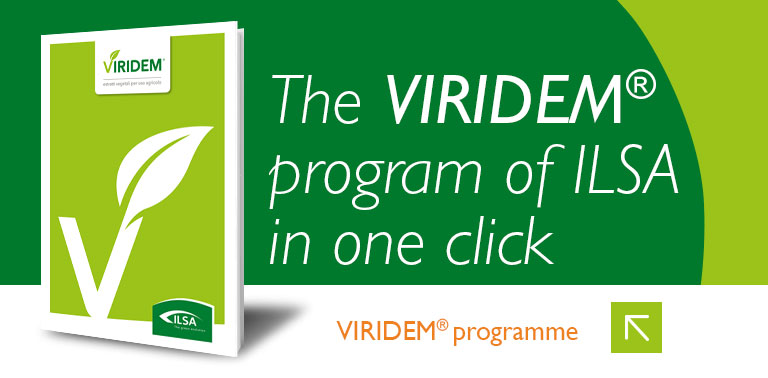ENZYMATIC HYDROLYSIS OF FABACEAE
Enzymatic Hydrolysis Of Fabaceae is an innovative natural biostimulant, obtained by enzymatic hydrolysis of Fabaceae tissues. It acts as a natural “hormone-like” product and is characterized by intense biological activity.
The benefits of Enzymatic Hydrolysis of Fabaceae come from the action of free L-amino acids, long-chain alcohols (triacontanol in particular) and other plant extracts acting as biostimulants that affect the activity of numerous enzymes involved in carbon metabolism and nitrogen absorption and assimilation. As a consequence, use efficiency of water and nutrients absorbed is higher. A new generation biostimulant containing natural bioactive substances of natural origin that affect the metabolism of the plant that ensures certain benefits for plant.
Chemical and physical features
- LIQUID BROWN COLOUR
- pH 5,5 ± 0,5
- DENSITY 1,14 ± 0,02 kg/dm3
- CONDUCTIVITY E.C. 1,75 ± 0,25 dS/m
COMPOSITION
- Total Aminoacids (%w/w) 5 %
- Free Aminoacids 1,5 %
- Organic Carbon (C) (%w/w) 10 %
- Natural Triacontanol (mg/kg) 10







.png)
















